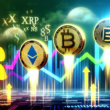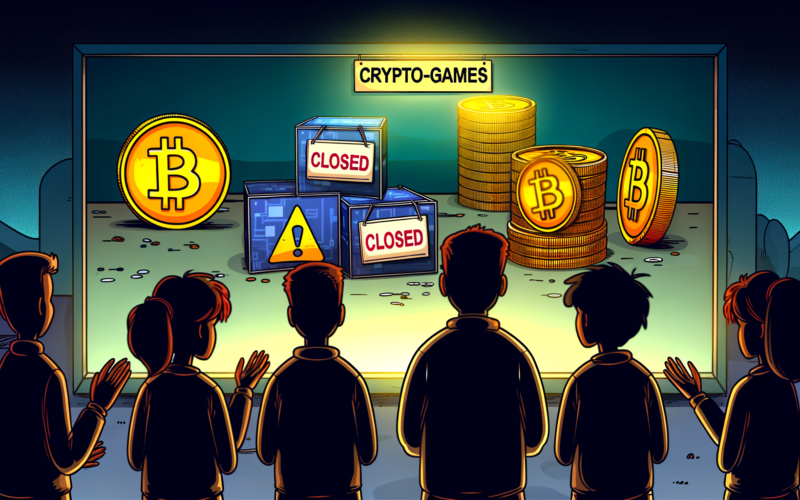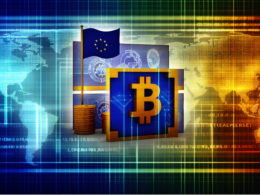Crypto games are facing shutdowns due to early token launches and funding challenges. Can Web3 gaming endure? #CryptoGaming #Web3 #GameDev
- Navigating the Crypto Gaming Shutdown Phenomenon
- The Evolution of Crypto Gaming: A Brief History
- Understanding the Crypto Gaming Landscape
- Token Economics: A Double-Edged Sword
- The Hype Trap: Promises vs. Reality
- Investor Expectations and Market Saturation
- Challenges and Opportunities in Crypto Gaming
- The Future of Crypto Gaming: Trends and Predictions
- Final Reflections on the State of Crypto Gaming
In recent years, the promise of blockchain technology has extended beyond financial applications, permeating the gaming industry with the allure of decentralized ownership and monetized experiences. Yet, despite the initial excitement, many crypto gaming projects are faltering or failing altogether. This article delves into the reasons behind the closures, exploring the intricate dynamics that define the crypto gaming landscape. We will examine the challenges developers face, the impact of token economics, and the lessons learned from these ventures. As we unravel these complexities, we’ll also offer insights into the future trajectory of crypto games.
The Evolution of Crypto Gaming: A Brief History
Crypto gaming emerged as a cutting-edge concept, combining the thrill of gaming with the transparency and security of blockchain technology. Early success stories like CryptoKitties in 2017, which allowed players to buy, sell, and breed virtual cats using Ethereum, set the stage for a new era of play-to-earn models. These games promised players real value in exchange for their time and skills, leveraging non-fungible tokens (NFTs) to grant true ownership of in-game assets.
The rise of decentralized finance (DeFi) further fueled interest, as developers sought to integrate gaming with financial incentives. By offering players the opportunity to earn and trade tokens, these games attracted both gamers and investors. However, the rapid influx of projects led to an oversaturation of the market, with many games struggling to differentiate themselves. As the novelty wore off, the sustainability of these models came into question.
Understanding the Crypto Gaming Landscape
Token Economics: A Double-Edged Sword
The introduction of tokens in gaming ecosystems was initially seen as a revolutionary approach, providing players with tangible rewards and creating a vibrant in-game economy. However, this model also placed immense pressure on developers to maintain token value. As John Linden, CEO of Mythical Games, highlights,
“The problem is it’s just more public because on the traditional game side, you don’t have the players investing and being part of that game design before it fails.”
Indeed, the expectation for tokens to appreciate in value often overshadowed the core gaming experience. Developers found themselves juggling game development with token management, leading to a focus on short-term gains over long-term sustainability. As a result, many projects collapsed under the weight of unmet expectations and volatile token markets.
The Hype Trap: Promises vs. Reality
Crypto gaming’s initial allure was fueled by ambitious promises of groundbreaking experiences and lucrative returns. Projects like Deadrop, led by popular streamer Dr. Disrespect, garnered significant attention before ultimately faltering. These early projects often launched with little more than a concept and a token sale, leaving players with high expectations and little to show for it.
The pressure to deliver on these promises led to rushed development timelines and incomplete products. As Keith Kim from Nexpace notes,
“Three or four years ago, it was much easier to get funding from different VCs and also get traction from users because people were not too well-versed in the aspects of sustainability, revenue, and all these things.”
Investor Expectations and Market Saturation
The influx of investment into crypto gaming projects was both a blessing and a curse. While funding provided the means to develop ambitious projects, it also came with strings attached. Investors, eager for quick returns, often prioritized token value over game quality. This focus on speculative gains contributed to a saturation of the market, with many projects launching tokens without a solid gameplay foundation.
Krypticrooks, co-founder of Fractional Uprising, reflects on the challenges faced:
“We had so many expectations for us to do things with the token from the community. People are like: ‘pump the token,’ this or that, and all they cared about was price.”
Challenges and Opportunities in Crypto Gaming
Overcoming Technical and Creative Hurdles
Developing a successful crypto game requires a delicate balance of technical prowess and creative vision. Blockchain integration adds a layer of complexity that many traditional game developers are unprepared for. Additionally, the need to create engaging gameplay that can sustain a player base over time remains a significant hurdle.
However, there are opportunities for those who can navigate these challenges. By focusing on delivering a quality gaming experience and leveraging blockchain technology where it adds real value, developers can create sustainable projects that appeal to both traditional and crypto gamers.
Bridging the Gap Between Traditional and Crypto Gamers
One of the keys to success in crypto gaming lies in appealing to a broader audience. Many crypto games have struggled to attract traditional gamers, who often view blockchain integration with skepticism. By creating games that offer value to both audiences, developers can tap into a larger market and foster greater adoption.
Games like Off the Grid, which launched on both crypto-friendly and traditional platforms, demonstrate the potential of this approach. By offering in-game purchases as both NFTs and traditional items, developers can cater to a diverse player base and mitigate the risks associated with relying solely on crypto markets.
The Future of Crypto Gaming: Trends and Predictions
As the crypto gaming industry matures, certain trends are beginning to emerge. Developers are increasingly focusing on building games with solid foundations before launching tokens or NFTs. This shift towards quality over hype is likely to result in more sustainable projects that can withstand market fluctuations.
The integration of decentralized autonomous organizations (DAOs) also presents exciting possibilities for player-driven governance and community involvement. By giving players a voice in the development process, DAOs can foster greater engagement and loyalty.
Moreover, advancements in blockchain technology, such as layer-2 solutions, promise to address scalability issues and enhance the gaming experience. As these technologies evolve, the potential for more seamless and immersive crypto gaming experiences will continue to grow.
Final Reflections on the State of Crypto Gaming
The crypto gaming industry is at a crossroads. While the challenges are significant, they also present opportunities for innovation and growth. By learning from past failures and focusing on delivering quality experiences, developers can unlock the full potential of blockchain technology in gaming.
As we look to the future, it is clear that the path to success lies in balancing creativity, technical expertise, and a deep understanding of player needs. By embracing these principles, the next generation of crypto games has the potential to transform the gaming landscape and redefine what it means to play in the digital age.











